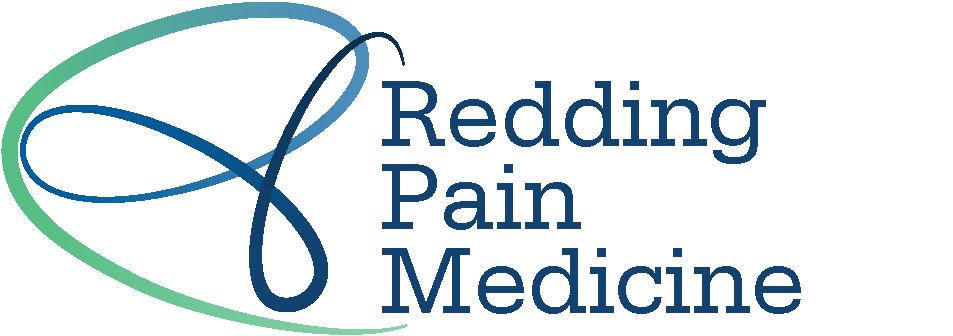Head/Neck Pain
Our necks are exquisitely and delicately made for balancing our heads. When this balance is disrupted for any reason, it is common to develop a pain syndrome. There are many reasons this can occur, thought most frequently the pain begins following a trauma of some sort such as a motor vehicle accident or surgery. We all eventually face, age related degenerative changes, commonly described as arthritis. Once a cervical pain syndrome begins it frequently becomes associated with headache as your cervical muscles, attempting to compensate for the loss of balance during the day, become extremely fatigued and begin to irritate the nerves at the back of your skull. Focal nerve injuries in your neck may be the source of shooting pain or paresthesias that radiate into your shoulders or arms.
There are many treatments available for cervical pain but their ultimate probability of success is related to determining with a great specificity your diagnosis. Without an accurate diagnosis, selecting the precise treatment that will likely bring you the greatest benefit is difficult and this is why many patients that we see have had failed treatments in the past. We hope that by taking a fresh look at your problem, we can maximize your chance of successful relief of your pain.
Common Causes
Post-Surgical Pain
Scoliosis
Whiplash
Arthritis
Bulging/Slipped Disc
“Staff is friendly, proficient, knowledgeable, professional, on-time and the office is clean.
”
Mrs. Jones Case Study
Mrs Jones (not her real name), 55 years old, came to a musculoskeletal specialist seeking advice for a 3-year history of progressively worsening pain in both knees. Her knees were stiff for about 20 minutes when she arose in the morning and for a few minutes after getting up from a chair during the day. She had difficulty walking > 30 minutes because of pain, and her symptoms were exacerbated by kneeling, squatting, or descending stairs. Although sitting, resting, and reclining relieved her pain, she became stiff if she stayed in one position for too long. Her symptoms were worse on humid or cold days, and she occasionally felt as if one of her knees would “give out.”










